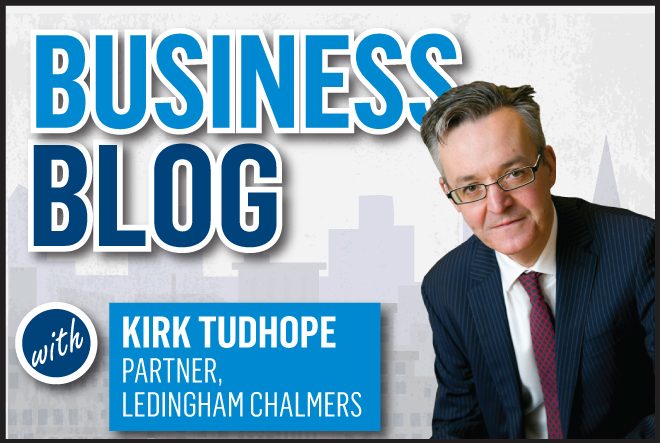Although I grew up in the 70s, my position as an employment lawyer means I have embraced the use of social media.
In case you are concerned I can reassure you that this does not mean I will be seeking to befriend you online in order to share my holiday snaps or a shot of a particularly “sweet” “lush” or “fine” foodstuff I am about to consume. Instead, we, in common with all businesses, have to give thought to our online presence which involves not only marketing but also recruiting through LinkedIn and Twitter.
In my day job advising employers, I am regularly entertained, appalled or just plain baffled by how employees choose to use social media. Common pitfalls include staff making abusive comments about bosses or trashing the organisation which is good enough to pay them a salary each month.
Another trait is the tendency of some to provide far too much detail about life away from the workplace.
A particularly striking illustration involves those employees who maintain they are too ill to attend work while at the same time posting Facebook status updates about their impressively strenuous social lives including parties that would make Prince Harry, Lindsay Lohan and the entire Rat Pack jealous.
It may be my generation but I always find myself asking two questions. Why on earth do people post on Facebook what they would never to say directly to their employer and why would they think that no one would notice?
Just to be clear about this, if an employee says something on any online forum which is unacceptable this has the same consequences as it would if said in person.
Of course the real burning issues for lawyers in relation to social media use is not such everyday issues as discipline in the workplace or the far reaching impact of the Data Protection Act when monitoring employees’social media usage.
The real issue remains whether lawyers should make over effusive references to fellow professionals’ photographs on LinkedIn. I am, of course, referring to the media furore regarding a comment made about the barrister Charlotte Proudman’s LinkedIn photograph.
I have recently embraced LinkedIn and it would be great to connect to you all if you visit my profile. If you do I am sure you will be surprised to find that everyone who has viewed my profile has, thus far, resisted the temptation to refer to my picture as “stunning “ or make any other suitably enthusiastic comment.
Rather than ponder just what it is that Charlotte has which I may lack, I will restrict myself to reflecting on the dangers of an online world where a “throwaway”, albeit deeply ill judged, comment about someone’s looks and a perhaps a slightly excitable reaction can become a major media story.
Kirk Tudhope heads Scottish law firm Ledingham Chalmers’ employment team and specialises in TUPE, equal opportunities, freedom of information and data protection. He will be hosting a free social media ‘employment café’ event in Aberdeen on 16 October and Inverness on 20 October. Full details on LinkedIn.
